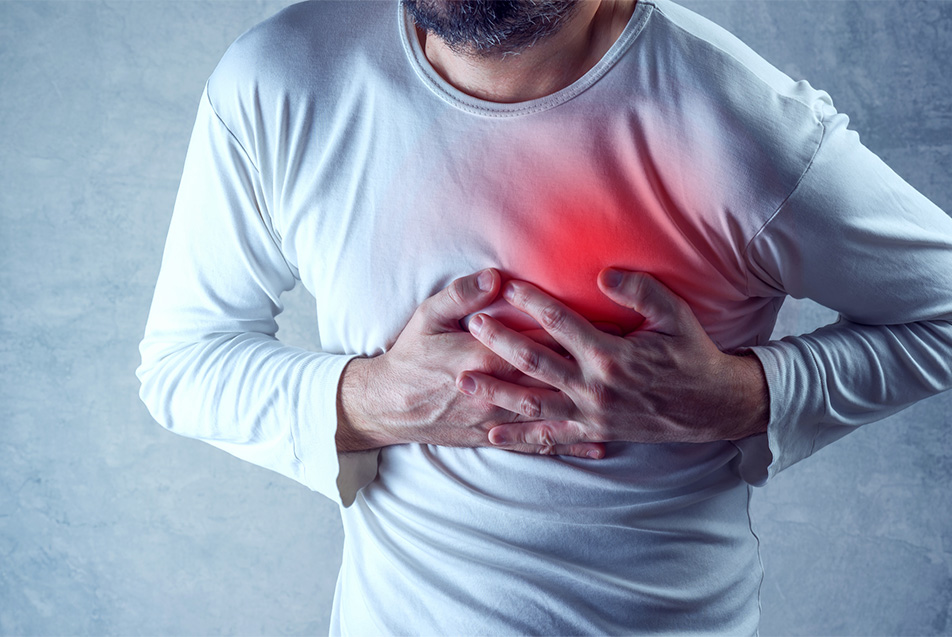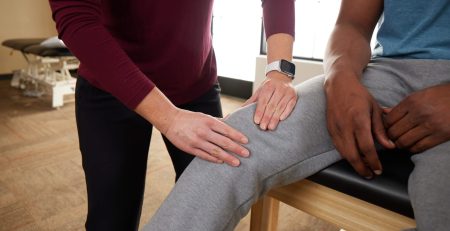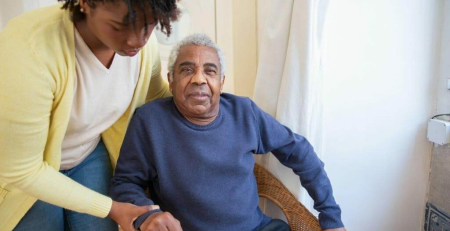How to Detect Early Signs of Hypertension at Home
Hypertension, also known as high blood pressure, is a dangerous medical condition where the force of blood against artery walls is averagely too high. It is measured in millimeters of mercury (mmHg) and expressed as two numbers: systolic (pressure during heartbeats) over diastolic (pressure between beats). A normal reading of blood pressure is usually around 120/80 mmHg. When readings consistently exceed 130/80 mmHg, it’s considered hypertension. Hypertension is a terrible condition that should be tackled early. In this article, we’ll be examining how to detect early signs of hypertension at home.
The common name of hypertension among everyday people is “silent killer.” Hypertension can damage the heart, kidneys, and brain slowly over time without immediate symptoms. When high blood pressure or hypertension is left unchecked, it increases the risk of heart attacks, strokes, and other serious health issues.
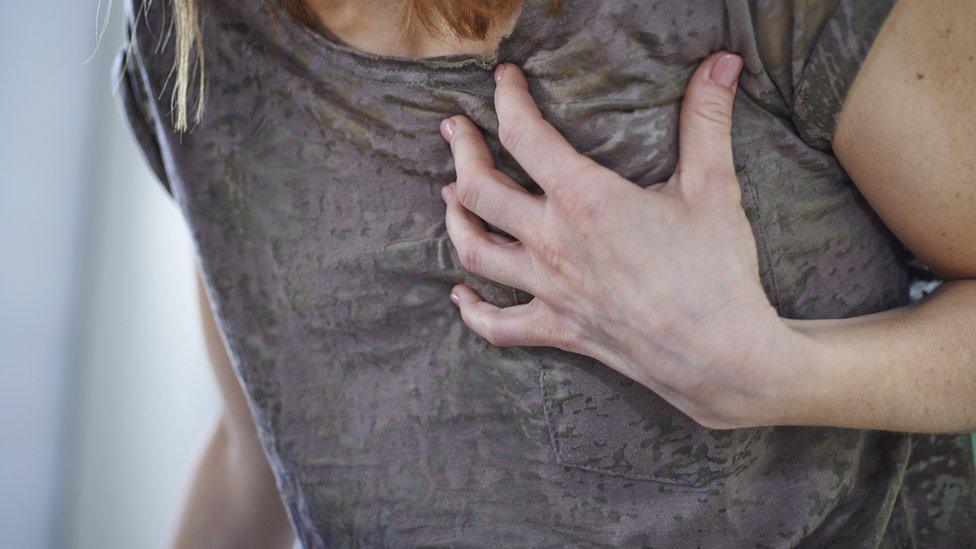
Hypertension is a very serious medical condition that has terminated the lives of a lot of people. A lot of people are also at risk of losing their lives to diseases resulting from hypertension. This makes scientists to devote more time and money in carrying out research about hypertension. There have been so many breakthroughs in the field.
Breakthroughs in Hypertension Study and Treatment
Over the past few decades, research into hypertension has evolved rapidly. Scientists have uncovered genetic markers linked to blood pressure regulation, leading to more personalized treatment approaches. The development of ambulatory blood pressure monitoring (ABPM) has allowed for more accurate diagnosis by tracking blood pressure throughout the day. It makes the tracking of blood pressure easier.
On the treatment front, newer classes of medications—like angiotensin receptor blockers (ARBs) and calcium channel blockers—have improved outcomes with fewer side effects. Lifestyle interventions, such as the DASH (Dietary Approaches to Stop Hypertension) diet, have also proven highly effective in managing and even reversing early-stage hypertension.
Wearable technology has further revolutionized hypertension care. Smartwatches and home monitors now allow individuals to track their blood pressure in real time, empowering early detection and proactive management. Smart ways of detecting high blood pressure is the surest way of longer life.
Early Signs of Hypertension
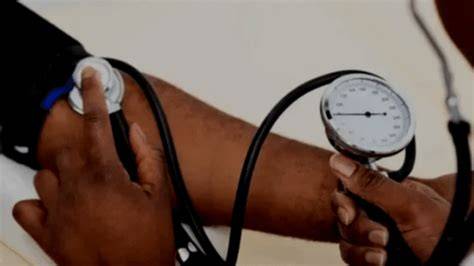
People find it difficult to detect hypertension early, especially in Africa, due to the lack of the right medical equipment, infrastructure, and funds. However, it is pertinent that people detect hypertension early to tackle it head on. Detection of hypertension early prevents untimely and surprising deaths that are common in the present world.
Now, what are these early signs of hypertension? They are:
1.Frequent and consistent headaches, especially in the morning
2.Dizziness or lightheadedness
3.Blurred vision
4.Shortness of breath during mild exertion
5.Fatigue or confusion
6.Nosebleeds, though rare, can occur in severe cases
7.Palpitations or irregular heartbeat
These signs are not definitive, but they should prompt further investigation—especially if they occur regularly or in combination. You mustn’t rely on identifying these symptoms only, texting should be done as well. Next, how do you detect hypertension at home? What is the best way to detect hypertension at home?
Detecting hypertension early at home is both possible and practical. Here’s how:
1.Invest in a reliable home blood pressure monitor: Choose an automatic, upper-arm cuff monitor that is validated by health authorities. Wrist monitors are less accurate and should be used with caution.
2.Measure consistently: Take readings at the same time each day, ideally in the morning before eating or taking medication. The concerned person should sit quietly for five minutes before measuring, with feet flat on the floor and back supported.
3.Record your readings: Keep a log of your blood pressure over several days or weeks. Look for patterns—consistently high readings above 130/80 mmHg warrant medical attention.
4.Use smart devices: Many modern monitors sync with apps to track trends and share data with healthcare providers.
5.Monitor other signs: Pay attention to symptoms like headaches, fatigue, or vision changes. While not conclusive, they can support your observations. Be concerned if the early signs of hypertension occur to the person regularly.
6.Lifestyle check: Assess your diet, stress levels, physical activity, and sleep. These factors can influence blood pressure and help you understand potential triggers.
Conclusion
How to detect early signs of hypertension at home has been explored in this article. A crucial fact you must note is that hypertension doesn’t always announce itself with dramatic symptoms, but its impact can be life-altering. By understanding what it is, staying informed about medical advances, and learning to recognize early signs, you and your family can take control of your health in the comfort of your home.


